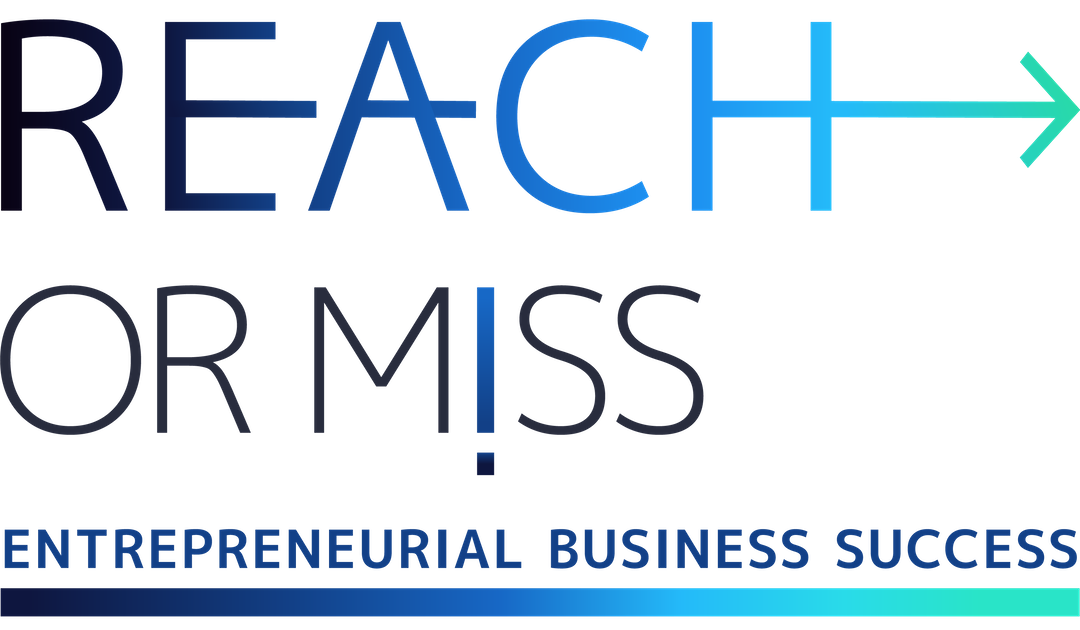Ep. 087 – The biggest risks of entrepreneurship. From failing to the lowest places of bankruptcy, a loss or a tragedy to reaching the highest levels of entrepreneurial success

The biggest risks of entrepreneurship Show Notes
On the one hand, entrepreneurship looks like the ultimate dream; countless posts offer tips and tricks to leave the 9-5 job behind and find your freedom or be your own boss. On the other hand, most people prefer to keep the entrepreneurial journey as a desirable dream.
Establishing and managing your own brand new business is incredibly challenging, especially because it involves taking high level risks.
On my interviews with more than seventy successful entrepreneurs and opinion leaders for the REACH OR MISS podcast, successes and failures both get a meaningful share of each show. Every entrepreneur experiences both.
Yet, a few of my guests tumble down to rock bottom – and then, they discovered their strength and the path to success.
I would like to share with you four of the most amazing stories I’ve heard over the last year and a half since starting my podcast.
One of my most surprising and exciting interviews was with Bruce Van Horn, who started his story by saying:
“I’m an executive and life coach, as well as a business and leadership consultant. I survived stage 4 prostate cancer, the death of my daughter, a divorce, and 2 bankruptcies. I had a bankruptcy that happened a couple of years after my daughter’s death, just before my divorce; I was at a very low point of my life and I hated everything about my life at that point.”
I think it is an amazing story, not only because the tough experiences Bruce went through, but because of his journey to reach a meaningful fulfilling level of success.
Bruce Van Horn
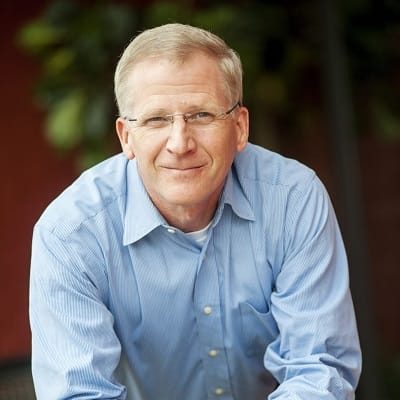
Bruce Van Horn is a bestselling author, speaker, thought leader, transformational life coach, business and leadership coach, marathon runner, and cancer conqueror.
Bruce hosts the “Life Is A Marathon” podcast, which has millions of listeners in over 210 countries around the world. Bruce is passionate about sharing his life experiences and respected insight to help people overcome their negative thinking and limiting beliefs, and develop a winning mindset. Bruce loves coaching people to become the fullest expression of who they were created to be. He lives in Richmond, Virginia.
Bruce’s story
- I’m an executive and life coach, as well as a business and leadership consultant. I survived stage 4 prostate cancer, the death of my daughter, a divorce, and 2 bankruptcies. I had a bankruptcy that happened a couple of years after my daughter’s death, just before my divorce; I was at a low point of my life and I hated everything about my life.
- The change started through the process of running a marathon. I learned so much about myself and what was holding me back.
- I was in total victim mode in my life. I had a long list of everybody and everything that was responsible for what went wrong with my life. And I wasn’t on this list. And what I’ve learned through the marathon training is that if you aren’t successful at training for your marathon, the only one to blame is you. Personal accountability and personal responsibility are the only way to run a marathon. You can’t blame someone else. And I realized the number one problem I had was a thinking problem.
- My brother, who got me into running marathons, said the hardest part of running a marathon is making the decision to do it. And he was right, but I misunderstood him. I thought it’s a decision you make once, but actually this is a decision you have to make every single day of your life; to get up, to do the things necessary to become the person that you believe that you are capable of becoming.
- And when I saw how it transformed my body, I started to apply that philosophy to every area of my life, so my finances started to turn around after my second bankruptcy, my relationships got better; I started to enjoy my life.
- People noticed I’d changed and asked me about it, and I told them. And one day I got an invitation to be someone’s life coach (which I even didn’t know what that was). It worked very well and I found out that was my gift; working with people on their mindsets about their businesses and their life. That’s how I got to what I do today.
- I’ve been doing it for six years. I had to take a year off in 2014, I was diagnosed with stage 4 of prostate cancer, and the treatment and surgery had a lot of complications. I had to focus on recovery and I had to focus on my mindset.
- When I was focusing on my mindset, I realized we always get more of what we focus on. It’s all about what you believe you are capable of. And from that place, there are no obstacles. This is what I always tell the businesses I work with: you have to forget about competition; you have to focus on creating your thing.
I heard the story of Jeff Bullas at least twice; once from Jeff himself, in his fascinating interview on my show, the same story you will hear next. The second time, I heard the story from Mark Schafer who used Jeff’s story as an example of finding yourself in a low point of your life and leveraging it to the top of the world by becoming a known influencer in your field.
Today, Jeff is one of the most awarded social media experts with more than 560,000 Twitter followers.
Jeff Bullas
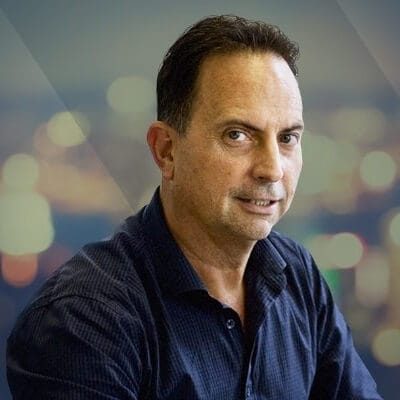
Jeff is a digital entrepreneur, marketing blogger, keynote speaker, digital strategist, consultant and bestselling author.
He works with companies and executives to grow their online personalities and businesses through social, digital, and marketing automation.
His blog is found at jeffbullas.com and receives over 5 million visitors a year. He has spent most of his business career involved with information technologies, telecommunications, and the web.
- #1 Content Marketing Influencer, Social Media Marketing Strategist & Speaker
- Listed on Forbes as one of the “Top 10 Social Media Influencers”
- #1 Global Business Blog
Jeff’s story
- At the time, I was actually unemployed; a few weeks later, I got a job at a digital agency where we built e-commerce sites for companies, but I continued to write and create content and share it.
- My company started as a passion project. It started with reading David Meerman Scott’s, “The New Rules of Marketing and PR” in 2008. He talked about the power of content to attract the audience instead of having to chase them with outbound or cold calls and other tactics that have been around for decades.
- David Meerman Scott’s concept of sharing content sounded like a good idea, because most businesses used cold calls. I came upon Tim Ferries, who I worked for, and he liked the idea and the last piece of inspiration came from reading a blog post on HubSpot saying that if you don’t have a clue of what to start a business on, start a blog… “What’s a blog…?” So I discovered that a blog was just a place to create and share ideas with the world and the topic was inspired by my observation about what was happening with social networks; everyone was obsessed with Facebook, Twitter, Pinterest, and Instagram; the topic that I started creating content around was social media and the tech world.
- Three and a half years ago, I started to focus on my blog, so the “Passion Project” became a full time business and it’s been growing ever since; we have been having so much fun and it doesn’t even feel like work. We’ve built a virtual team; we have editor, we have a marketing manager, we have copywriters, a tech guy, and a marketing automation person.
The story of Josh Elledge is not only a story of failing miserably and making a living as a sales person for five difficult years . And it’s not only the story of building the incredibly successful Saving-Angels business.
It’s a story of building a whole new market niche by listening to the customers and reaching an impressive success as a PR company of a new kind.
Josh Elledge
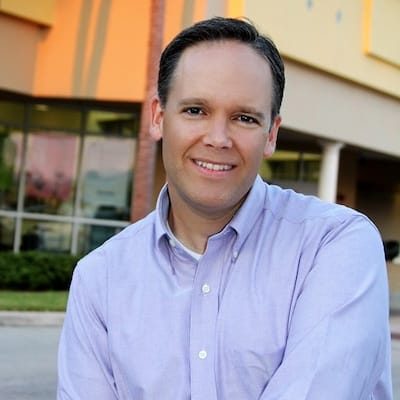
Josh Elledge is the Founder & CEO of UpendPR and is about to change an entire industry with the mission to help entrepreneurs attract the perfect audiences through PR.
Josh is Chief Executive Angel at SavingsAngel.com and helps consumers get discounts and upgrades on everything through his syndicated newspaper column with 1.1 million readers and on TV in 75 cities. He’s been in the media more than 1500 times.
Through his new model of PR, Josh now turns digital entrepreneurs into media celebrities at upendPR.com
Josh’s story
- When I started as an owner of a small town newspaper, I was so uncomfortable with selling. I was so scared so I ended up failing miserably. And after that, for the next five years I did sales and marketing for a network of low firms and had to sell every day for a commission based salary. I was miserable, and then, one day I realized that it’s not about convincing people to buy, it’s about listening to people’s needs and finding how I can help them. The minute I understood that, I began to enjoy my connection with my clients and started to succeed dramatically. I found the win-win formula.
- My first company that really did well was Saving Angeles; it was something my wife and I really needed. We were looking for a way to cut our grocery expenses; I was shocked to find how high the total was. I tried to find a tool that will help us, and there wasn’t any tool that I felt would work for me. I understood the only way to cut our grocery expenses is by taking advantage of incentives from manufactures and retailers’ coupons and sales, so I started to collect information and managed to cut more than half of our expenses within a short time.
- Then I thought, I bet a lot of other consumers could benefit from the information I collected. So, we created a membership based website and since I didn’t have money to promote it, I started doing PR and it worked! We are making $6 million a year from Savings Angel while we’ve spend less than $500 beside PR.
- Then I got invitations to speak on TV followed by entrepreneurs that wanted to learn what I did. That was the base for my UpendPR business.
- With Savings Angel, I was featured in the local newspaper. One day I got a phone call from a reporter from Grand Rapids, Michigan that wanted to interview me about Savings Angel and that was the first day we earned $800 in one day “my first good money day”. From that day forward, my wife and I never had to worry about money again.
- If you are an entrepreneur listening to this conversation and you are not yet there, trust me, you will get there.
Marc Hemeon’s story is the only story that starts with several impressive successes and ends (for now) with a failure that actually caused Marc to leave his technological world of expertise and look for a totally new path to success, by creating art.
Marc Hemeon
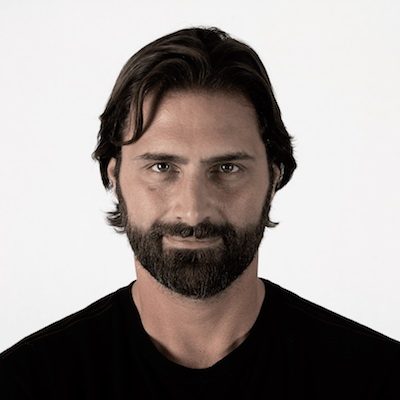
Marc is an artist and designer living and painting on the North Shore of Oahu.
Previously, Marc was the founder of Design Inc. Marc has co-founded a number of companies, including North Technologies, which merged with Hodinkee.com in 2015. Marc was the co-founder of Fflick, which YouTube acquired in 2011.
Following the acquisition, Marc was part of the team that redesigned YouTube in 2011 and again in 2012, leading the site wide redesign.
Previously, Marc led design teams at Oakley and Digg, and co-founded a number of companies, including TeeFury and Design by Humans.
Marc’s story
- I had a startup in 2010, I was acquired by Google and YouTube, and I spent four years working for Google and YouTube; I loved it. I was able to pay back tons of debt accrued over many years of being an entrepreneur, and my family was able to buy a home.
- I thought wrongly that I was a good entrepreneur; that I knew how to succeed now. But we had a good team and we were lucky. The fact we got acquired doesn’t make us better than any entrepreneur still struggling to build their company and look for a product–market fit.
- I left Google in 2014, and I started another company called North with a friend of mine. We raised five million dollars to build apps, to be an incubator. We said that we will build an app every four months and when one of them took off, we will put most of the money raised on it to maximize the success. We kind of hit gold in the second app. We made an app called WatchVille about luxury watches. It was a fantastic journey that led to a merger with the leader in the luxury watches market. And it’s a very successful business. That happened really fast.
- So I felt I knew how to succeed with startups and decided to go and build my own startup. I raised 2.3 million dollars and I created a design company called Design Inc. and we made a platform to find designers. And it did pretty well, and we had some revenue but not enough. So I closed the company, and I gave half of the money back to the investors.
- I’ve always been somebody who liked to make things, like applications, software, or art, and now I’m a “recovering entrepreneur”. Last year, I closed a startup that I had founded in California; I sold my house and took a break from tech. A year ago we moved to the North Shore of Oahu, where my wife is from.
- Currently, I’m trying different hands on and I’m trying to do art and create things that would inspire people. And surprisingly, I found that it is more challenging than I thought. But it’s a break for my mind.
- Today, I’m passionate about figuring out how to make a living from selling art. I’m trying to figure it out. It’s not easy to start all over again.
James Arthur Ray probably has the toughest story in this series. The biggest fear of any business manager is the fear of harming someone. James was in a great roll of successes when this tragedy ruined it all.
With endless patience and strength, James and his team managed to rebuild their business and gain success.
